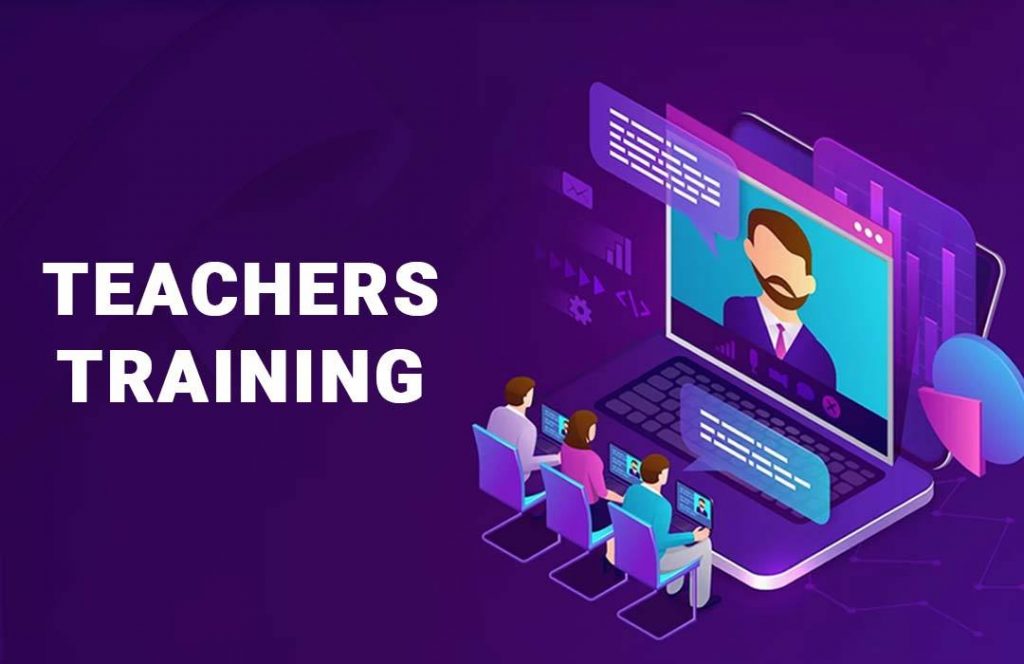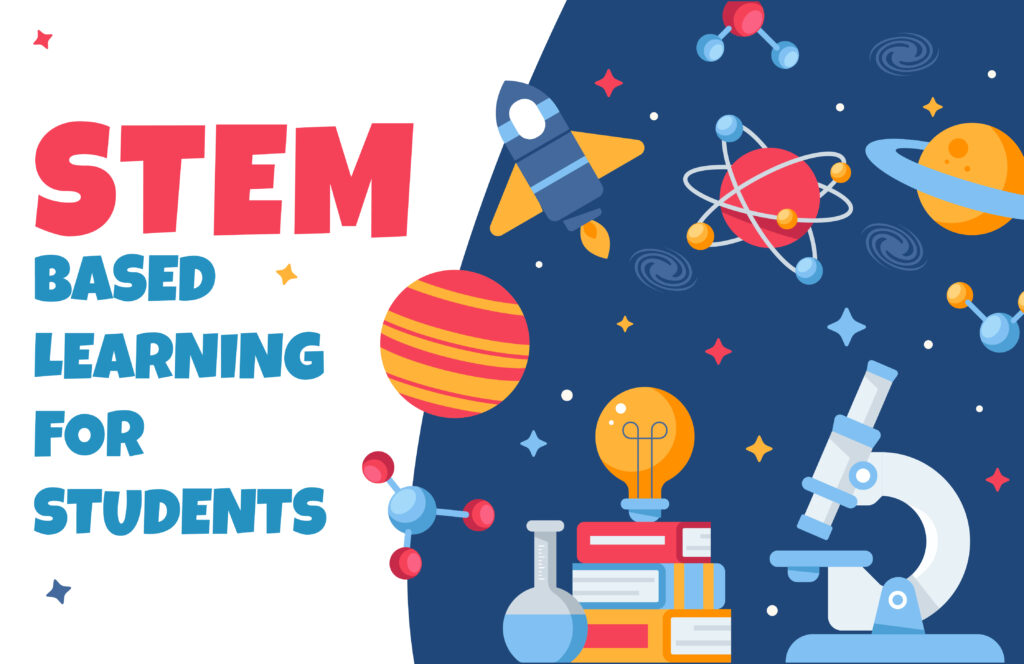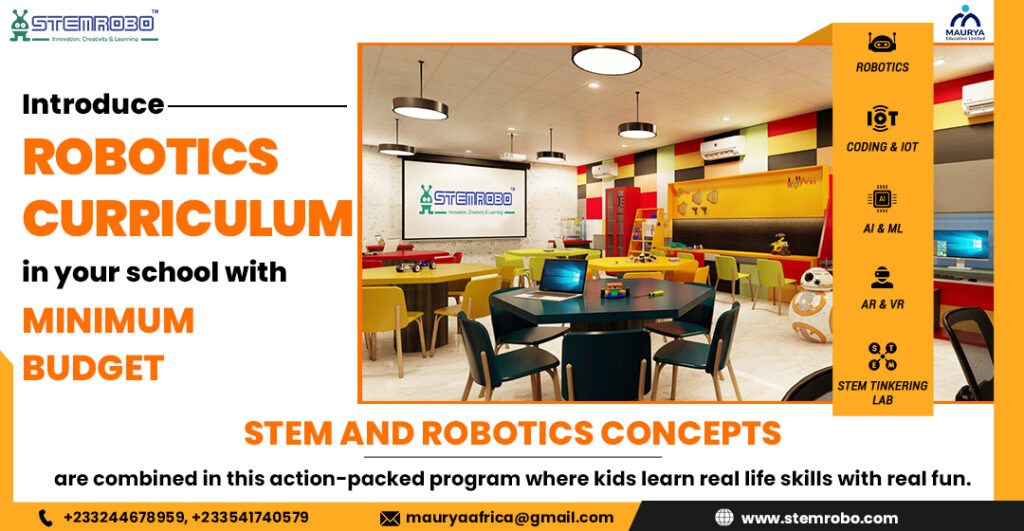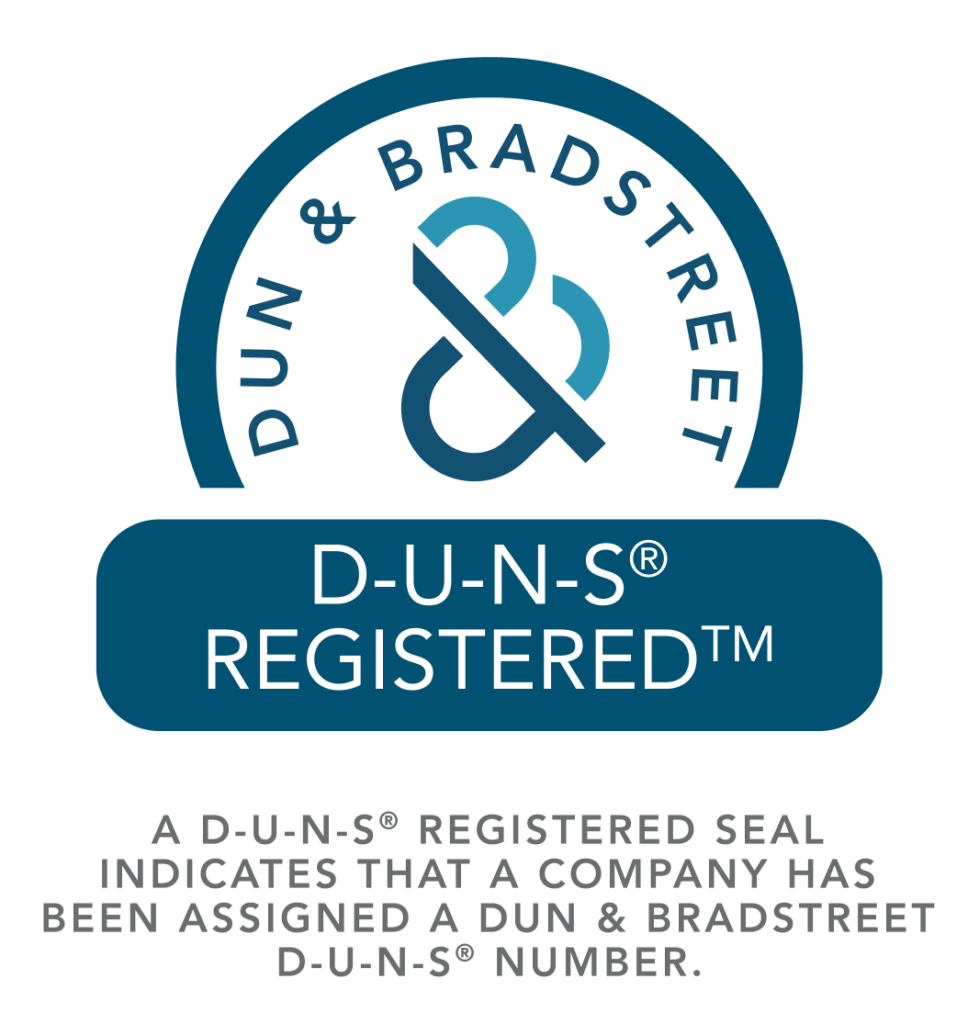Teacher Training course
Teacher training courses play an important role in shaping the future of education by equipping teachers with the necessary skills and knowledge to excel in their profession. These courses are designed to enhance teaching practices, promote student engagement, and foster a positive learning environment. Professional Development Teacher training courses provide valuable opportunities for professional development. They allow teachers to stay updated with the latest teaching methodologies, technologies, and educational trends. Continuous professional development is crucial for teachers to adapt to the evolving needs of students and society. Effective Teaching Strategies The main goal of this Teacher training course is to provide effective teaching strategies that cater to the diverse learning needs of students. These strategies include interactive teaching methods, classroom management techniques, and assessment practices that promote student learning and engagement. Subject Knowledge Enhancement Teacher training courses also help enhance teachers’ subject knowledge, ensuring they have a deep understanding of the subjects they teach. This knowledge allows teachers to deliver accurate and comprehensive lessons, fostering a deeper understanding of the subject among students. Use of Technology in Education With the increasing integration of technology in education, teacher training courses also emphasize the use of technology in teaching. Teachers learn to incorporate educational apps, online resources, and digital tools into their lessons, enhancing the learning experience for students. The Impact of Inquiry-Based Learning Teacher training courses often introduce educators to innovative teaching methodologies, such as inquiry-based learning, that can significantly enhance student engagement and learning outcomes. Inquiry-based learning encourages students to ask questions, explore new concepts, and develop critical thinking skills. A study conducted by the National Science Foundation found that students taught using inquiry-based learning methods performed better on standardized tests and showed greater enthusiasm for learning compared to students taught using traditional methods. This demonstrates the transformative impact that teacher training courses can have on teaching practices and student outcomes. Teacher training courses are a cornerstone of educational excellence, empowering educators to transform the lives of students through high-quality instruction. By investing in teacher training, education systems can ensure that educators are well-prepared to meet the diverse needs of students and deliver impactful learning experiences. As we look to the future of education, the importance of teacher training courses in driving positive change and fostering educational excellence cannot be overstated. Cultivating Innovation: Teacher training courses often encourage educators to explore innovative teaching methods and approaches. This can lead to the development of new and creative teaching strategies that can enhance student engagement and learning outcomes. Building Professional Networks: Teacher training courses provide opportunities for educators to connect with colleagues and experts in the field. These professional networks can provide support, collaboration opportunities, and access to resources that can enhance teaching practice. Critical Thinking and Problem-Solving Skills: Teacher training courses emphasize the importance of developing critical thinking and problem-solving skills in students. Educators learn how to design lessons and activities that challenge students to think creatively and analytically. Professional Recognition: Completing teacher training courses can enhance educators’ professional recognition and advancement opportunities. It demonstrates a commitment to ongoing professional development and a dedication to improving teaching practices. Incorporation of Technology in Teaching Technology plays a crucial role in modern education, and teacher training courses help educators incorporate technology into their teaching practices. These courses provide educators with the knowledge and skills to use educational technology, such as interactive whiteboards, tablets, and educational software like AR/VR resources, to enhance student learning. By integrating technology into their teaching, educators can create more engaging and interactive lessons that cater to the diverse learning styles of students. STEMROBO is an educational technology company that plays a crucial role in providing teacher training courses focused on STEM (Science, Technology, Engineering, and Mathematics) education. STEMROBO offers a range of innovative solutions designed to enhance teaching practices, promote student engagement, and foster a deeper understanding of STEM concepts among educators. One of the keyways STEMROBO contributes to teacher training is through its professional development programs. These programs are designed to equip educators with the skills, knowledge, and resources needed to effectively integrate STEM education into their teaching practices. By providing hands-on training and access to cutting-edge educational technology, STEMROBO helps educators stay updated with the latest trends and advancements in STEM education. STEMROBO also offers a variety of resources and materials to support teacher training, including curriculum guides, lesson plans, and educational kits. These resources are designed to help educators incorporate STEM concepts into their lessons in a meaningful and engaging way, ensuring that students develop a strong foundation in STEM subjects. In addition to professional development programs and resources, STEMROBO provides ongoing support to educators through its team of experts. These experts offer guidance and assistance to educators as they implement STEM education in their classrooms, helping to ensure that students receive a high-quality education. Overall, STEMROBO plays a vital role in providing teacher training courses that empower educators to deliver high-quality STEM education to students. By equipping educators with the skills and resources needed to succeed, STEMROBO is helping to shape the future of education and inspire the next generation of innovators and problem solvers. Teacher training courses offer numerous benefits for K-12 schools, including professional development and skill enhancement for educators, improved student learning outcomes, enhanced classroom management, incorporation of technology in teaching, and promotion of lifelong learning. By investing in teacher training courses, K-12 schools can ensure that educators are well-equipped to meet the needs of students and deliver high-quality education that prepares students for success in the 21st century.
Teacher Training course Read More »








